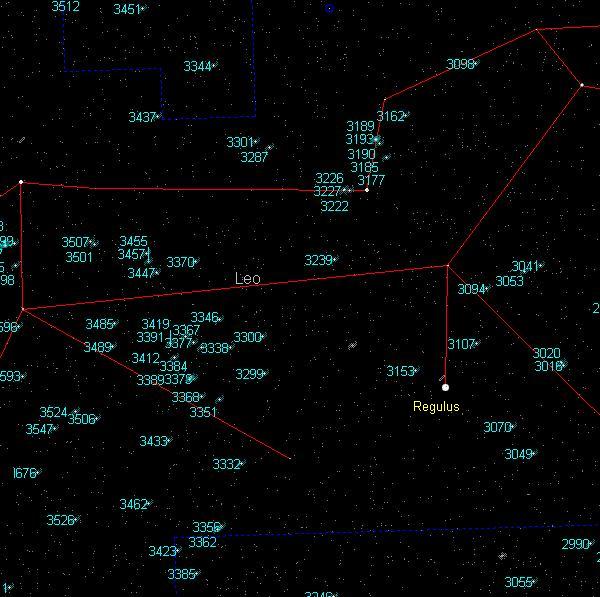The Change of Seasons
Now that our Canadian snow has melted, for the most part, we welcome in Spring with open arms. For obvious reasons, those that did not get to do much winter observing over the past months, it is now time to dust off those scopes and enjoy a handful of seasons in one night. As April begins, we find the constellation Orion the Hunter and his wintry friends low in western skies – ready to take the plunge into twilight.
The next couple of weeks will be your last chance to enjoy your favourite objects as M42 the Orion Nebula. It is commonly known as a stellar nursery. This 1,500 light-year region of gas and dust is slowly forming hundreds of young hot stars. M45 - the Pleiades Cluster is the mythological heart of Taurus the Bull. Of the 350 stars associated with the Pleiades, seven prominent suns seem to mimic a tiny Dipper, hence the name Seven Sisters.
You should also try to locate the Crab Nebula in Taurus, catalogued as M1. This is a star the literally blew apart in the year 1054 AD and is the first entry on Charles Messier list of objects he thought were comets. As we move a little east, you will have a bit more time to play in Canis Major. A few open star clusters lie within the boundaries. Canis Major is one of Orion’s hunting dogs. Look for the beautiful open cluster of M41, located below the extremely bright star Sirius.
Once we lose these iconic patterns in the solar glare, we then shift our sights to springtime constellations, namely Leo the Lion. It, as well as Ursa Majoris – aka the Big Dipper, contains literally hundreds of galaxies. Spring is galaxy season with no shortage of targets. These island universes residing tens to hundreds of million light-years from us are waiting to be seen visually with a telescope or captured on DSLR or CDD cameras.
The main alpha star in Leo is called Regulus. A large star that measures about 3.5 times the size of our Sun and is 140 times brighter. Its surface temperature is a little more than twice that of the Sun. Regulus lies pretty well on the ecliptic and from time to time is occulted or hidden by the Moon. This disappearance occurs for less than an hour.

A few personal favourite groupings would be the Leo trio comprising of M65, M66 and NGC 3628. With a wide-angle eyepiece and some decent dark country skies, these three show up nicely in moderate telescopes. This trio has an estimated distance of thirty-five million light-years. In Virgo where we have M84, M86 and half a dozen galaxies occupying the same low power field of view. What a remarkable sight, one I have enjoyed looking at. Up in the Ursa Major; look for M81 and M82 grouping that reside some twelve million light-years away.

As the first week of April opens, we get to see no less than four planets of our solar system. From now until April 7, you have a great chance of spotting the elusive planet Mercury about three degrees to the right of brilliant Venus that is seen at sunset. Mercury should show itself about twenty minutes later. Being low on the western horizon sets up a great photo opt. Set your camera on a tripod, attach a cable release and set the light sensitivity to ISO 100. Be sure to include some trees mountains etc when setting up the shot and expose for about five seconds. Digital cameras are great in showing instant results.
Nestled in Cancer and standing very high in the sky during the early evening is the planet Mars. Dubbed the ‘Red Planet’, Mars does have a recognizable orange tint to it. Mars is located in the south of Castor and Pollux. Since its closest approach back in January, our distance has been increasing at a steady pace. The polar cap and a few greenish markings can still be discerned but the chances of seeing dwindle as the weeks march on.
Saturn is now the showpiece of the night. The Lord of the Rings is now in retrograde motion meaning it moves west with the stars until the end of May where it will become stationary and then move east. Even with Saturn’s ring system slightly tilted to us, nonetheless, it is still a marvellous object to see and share with others. With the rings in their current orientation, they give us a better chance to hunt down some of Saturn’s many moons. Titan is the easiest to pick up but the rest might be a bit of a challenge in small telescopes.
By 4 a.m., the entire Milky Way is proudly standing about halfway up the eastern sky, thus showing the summer constellation. From the famous W shape of Cassiopeia in the northeast down to the heart of our Galaxy – Sagittarius in the southeast, the glow of millions of distant suns form a grayish arch in the sky. Stay tuned over the next few months, as we will look at these constellations in greater depth.
And finally, circle your calendars as April 24th is International Astronomy Day. This is when local astronomy centres and clubs set up telescope and gear in libraries, shopping malls, and museums. This is a great opportunity to take the sky to the people. Sharing is what astronomers do the best. If you have never volunteered in the past, try your hand at it.
Other than the daytime displays, the evening star party is where the fun really happens. It is one thing to show a photo of Saturn but viewing a live image through your telescope to a child, senior and everyone else in between and see a smile from ear to ear is rewarding. Let's hope that Mother Nature co-operates for that special day.
.
Till next month, clear skies everyone.
